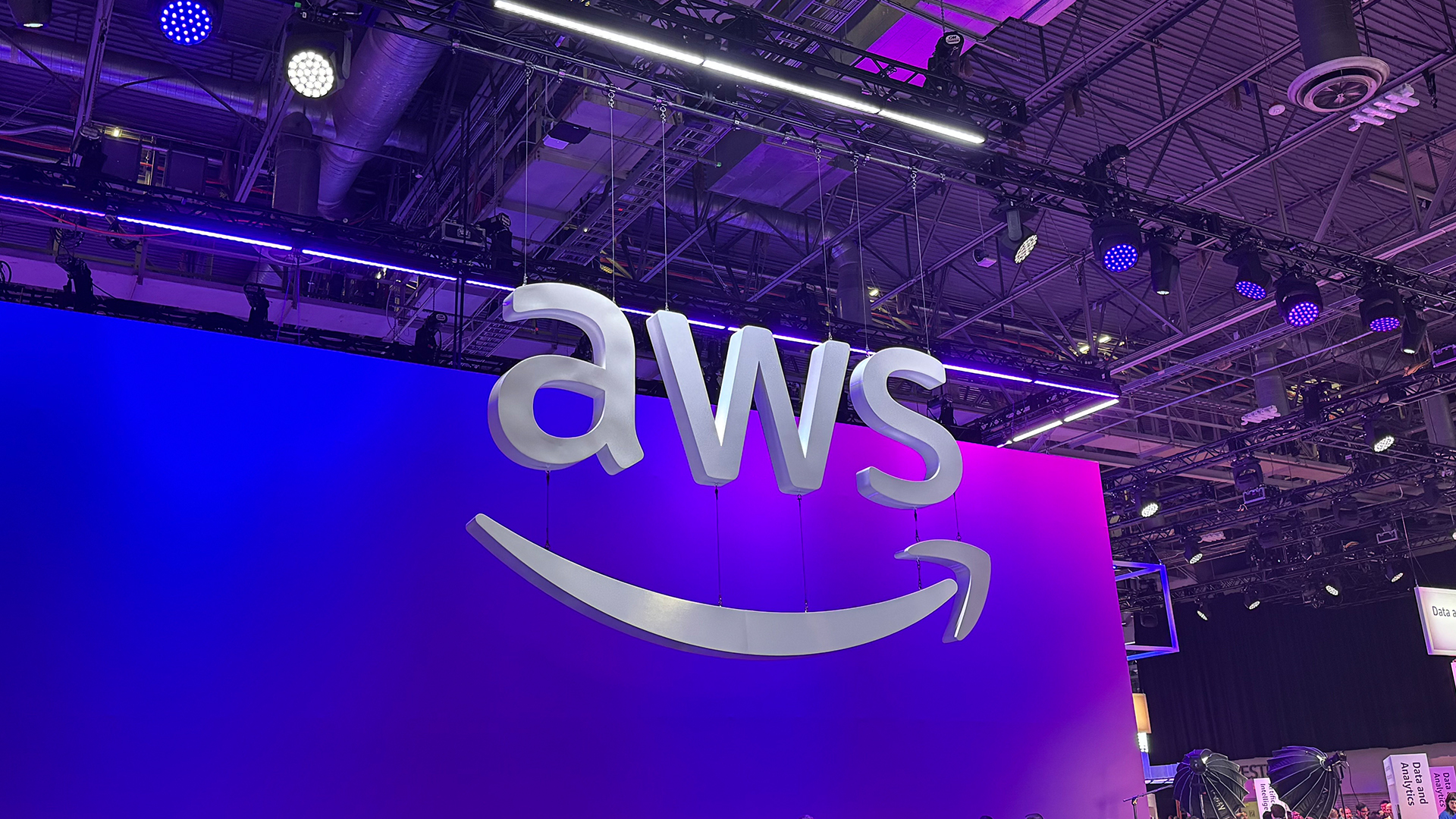Bitly to migrate its 25bn links to IBM's cloud
Link management platform believes the migration will deliver multiple benefits


Bitly plans to move all its infrastructure and workloads to IBM's cloud in a bid to boost performance and reduce latency.
As part of the deal, the link shortening platform will migrate all of its 25 billion links, in addition to moving its APIs and empowering marketers through the Universal Behaviour Exchange, which will help firms better understand and engage with customers.
Bitly links generate more than 12 billion clicks a month and the firm wants to make the experience even better, especially for users in areas with less widespread network connectivity - more than 70 per cent of links are delivered internationally.
"We're going to be moving all our infrastructure over to IBM Cloud. Bitly sees about five billion unique browsers a month, from every country, from every platform and channel. So we're very excited to be able to leverage the IBM Cloud," said Rob Platzer, Bitly's CTO.
"The high-speed network is going to give us performance across the globe and we're going to be able to leverage the 46 datacentres internationally to push our edge closer to our customers, especially in hard to reach places."
On a monthly basis, more than 11,000 developers use Bitly's APIs to create 300 million links that get embedded in a range of places. The IBM migration will speed up this process and enable links to load even more quickly.
"The Bitly platform has always been massively integrated by developers. Our partnership with IBM is going to increase the performance and lower latency and bring all of those APIs to a better platform for our customers," Platzer added.
Sign up today and you will receive a free copy of our Future Focus 2025 report - the leading guidance on AI, cybersecurity and other IT challenges as per 700+ senior executives
Bitly has grown since its arrival on the scene back in 2007 and its offerings continue to diversify for organisations, developers and marketers alike. Moving to the IBM Cloud will therefore help support both current and future growth.
"We were founded to solve a problem as the world needed shorter links. But today we do a lot more than that. Our customers get insight from our links so they can understand their customers better as they journey through their interactions with brands," Platzer added.
"Links are everywhere. We think of our product as connecting users to information."
Maggie has been a journalist since 1999, starting her career as an editorial assistant on then-weekly magazine Computing, before working her way up to senior reporter level. In 2006, just weeks before ITPro was launched, Maggie joined Dennis Publishing as a reporter. Having worked her way up to editor of ITPro, she was appointed group editor of CloudPro and ITPro in April 2012. She became the editorial director and took responsibility for ChannelPro, in 2016.
Her areas of particular interest, aside from cloud, include management and C-level issues, the business value of technology, green and environmental issues and careers to name but a few.
-
 Pure Storage’s expanded partner ecosystem helps fuel Q3 growth
Pure Storage’s expanded partner ecosystem helps fuel Q3 growthNews The data storage vendor has announced a 16% year-over-year revenue hike in its latest earnings report, driven by continued channel and product investment
-
 Partners have been ‘critical from day one’ at AWS, and the company’s agentic AI drive means they’re more important than ever
Partners have been ‘critical from day one’ at AWS, and the company’s agentic AI drive means they’re more important than everNews The hyperscaler is leaning on its extensive ties with channel partners and systems integrators to drive AI adoption
